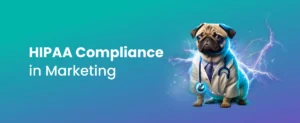The expertise and knowledge required for comprehensive SEO is ever evolving and at times, complex. A modern day SEO expert requires a broad understanding of website technology and analytics, Google data and tactics for effective content and copy.
Why is technical SEO important?
SEO is an essential component of any growth marketing strategy. But without addressing technical SEO, any approach to optimise visibility through search engines could be running on empty.
Technical SEO is a vital consideration because it ensures a website is free of technical faults that prevent it from being effectively crawled, understood and ranked by search engines.
Beware the rabbit hole!
SEO has many moving parts and all of these need to be addressed to attract traffic and turn that traffic into customers.The problem is the huge spectrum of areas you or your team can spend time checking and fixing. And the process is not a fast one. It’s easy and fairly common to be led into taking actions that don’t necessarily increase website visibility or traffic. Knowing where to focus and why is key.
We caught up with our technical SEO team at Somebody to get an understanding of technical SEO priorities, best practice and what trends are affecting this unique area of expertise. And very helpfully, the team has curated a 10 step checklist!
1.Commence with content
Good content is the core ingredient that champions everything! So before we even talk about technical SEO, remember that a website health check that just focuses on technical SEO alone won’t be the answer.
Relevant, refreshed and extensive content will determine the performance of your website. So although it’s not strictly part of the technical SEO playhouse, richly informative and regular content is an essential part of your website’s positive performance.
2.Review your HTTP status codes
The HyperText Transfer Protocol (HTTP) status code is a website’s coded response to a browser’s request. A visitor’s browser sends a request to a site’s server and the server then responds to the browser’s request with a three-digit code: the HTTP status code.
A review of your HTTP status codes review will establish whether any of the website pages are invalid or broken. For example a 200 OK status, 404 error or 301 re-direct. These status codes are directly related to Google’s ability to crawl effectively and index.
3.Structure through sitemaps
An XML sitemap is a file that lists a website’s important pages, making sure a search engine like Google can find and crawl them all. It also helps search engines understand website structures to enable crawling every essential page of your website.
Sometimes pages are ‘orphaned’ and can’t be navigated so a viable sitemap is key. By the way – don’t confuse a wireframe and sitemap – even though they both relate to the layout of a website. A wireframe relates to the visual design of a website whereas a sitemap shows the process of which pages relate to each content.
4.Crawlers need canonicals
A canonical URL is the URL of the page that Google thinks is most representative from a set of duplicate pages on your site. For example, if you have URLs for the same page Google chooses one as canonical.
A canonical tag (also known as a canonical link) is a tag in the source code of a page that indicates to search engines that a master copy of the page exists. Canonical tags are used in SEO to help search engines index the correct URL and avoid duplicate content.
Incorrect use of the canonical tag can have disastrous effects in terms of Google understanding which pages are your primary pages to index, rank and serve to users in a search.
5.Internal linking
This is about helping search engines most easily find your most important pages.Think about your homepage as the natural and original source to all of your other pages.
An internal link is any link from one page of your website to another page. Both users and search engines use links to find content on your website. Users use links to navigate through your site and to find the content they want to find. Search engines also use links to navigate your site. They won’t see a page if there are no links to it.
6.Heads up on headings
The rules have changed – well – sort of! From a search engine perspective, there is nothing super important about setting the hierarchy of headings any more. However, understanding the value of H1-H6 core and subheadings is still vital.
Google’s John Mueller said in an office hours hangout: ““You can use H1 tags as often as you want on a page. There’s no limit, neither upper or lower bound. Your site is going to rank perfectly fine with no H1 tags or with five H1 tags.”
But even though the above may be true, it is still highly recommended that H1 headings are used to effectively structure and contextualise content for the sake of both crawlers and more importantly, users.
All of the important pages on a website should have H1 tags to draw in the reader and give a clear indication of the content on the page, making a big and beneficial difference for website users.
7.Scheme for Schema markup
Schema markup is a structured data code that helps search engines better understand the information on your website in order to serve rich results. These markups allow search engines to see the meaning and relationships behind entities mentioned on your site.
Adding schema markup to your HTML improves the way your page displays in SERPs by enhancing the rich snippets that are displayed beneath the page title. When a website has schema markup in place, users can see in their search what a website is all about, where they are, what they do and plenty of other information.
It is sometimes called “your virtual business card.” Schema markup helps your website rank better for all kinds of content types such as articles, local business, book and restaurant reviews and so on.
8. The best possible experience
Introduced in 2020, Google launched Core Web Vitals which was implemented in Google’s search algorithm in May 2021. It is an advanced signal related to page experience as a whole and specifically load speed, now a direct influencer of search performance – and is an area no website can ignore!
In summary, Google is placing an enhanced value for 3 areas: performance, responsiveness, and visual stability. This process of change is simply about ensuring websites deliver the best possible experience for users. Read more about the changes brought by Core Web Vitals.
9.Safety and security
Strong security is a factor in website ranking and research shows that 82% of users leave a website that is not secure. Cybersecurity breaches are seen by search engines like Google as a reason to lower the rank of your website.
Of course, website security is a hugely important consideration for preventing cybercrime and protecting customers. From an SEO perspective, ensuring your website is secure could be the tipping point in Google’s decision to rank your website over a competitor page that’s not secure.
10. New passage based indexing
In 2021 Google developed a new approach to ranking more relevant or detailed content for serving cross industry search results. Passage Indexing is a new granular technology used by Google that can rank individual passages within a page of content to better serve a search result.
In short, websites that offer rich contextual and detailed content for a specific search query will find this type of indexing beneficial. For example, a travel website that gives useful in-depth hints and tips about a particular geographical region. This is not necessarily about long form or short content. It’s about matching a search query to content that is most rewarding and satisfies user intent.
We hope you enjoyed our journey through technical SEO. We understand that best practice SEO can be complex and is ever evolving so we are here to help!





















